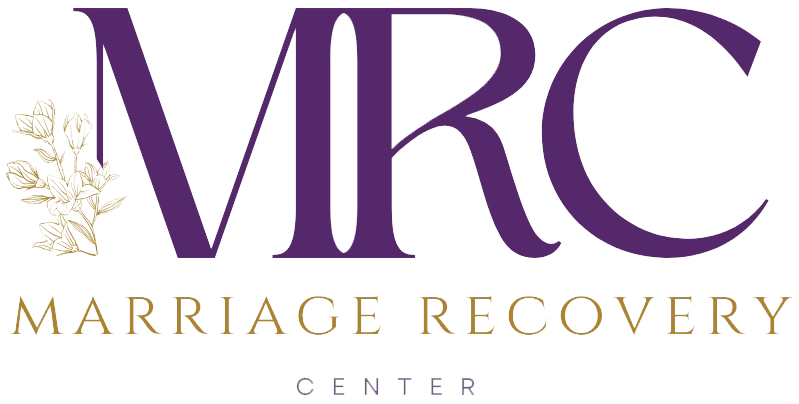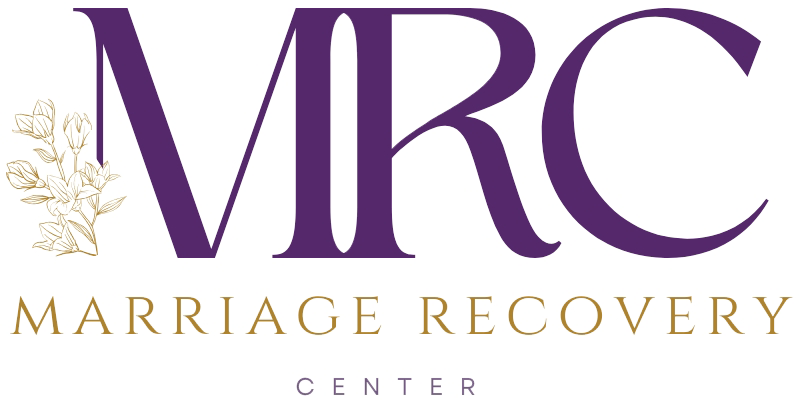Sharmen Kimbrough of the Marriage Recovery Center shares six steps to recovering from narcissistic abuse and begin to find your heart again as you break free from the oppression of the narcissist in your life: listening, validating, trusting, and choosing to live from your own core self – rather than having your life defined, translated, and controlled by someone else.
6 Steps to Recovering From Narcissistic Abuse
Narcissistic abuse can have a profound impact on victims, leaving them feeling lost, helpless, and disconnected from themselves. Recovering from narcissistic abuse requires a deliberate and empowering process of healing. In this article, we will discuss six essential steps to help individuals break free from the clutches of narcissistic abuse and begin their journey towards healing and reclaiming their lives.
Acknowledge the Pain
Regaining Self-Trust and Confidence One of the first steps towards recovery is acknowledging the pain and trauma caused by the narcissist. Victims often struggle with self-doubt, confusion, and a diminished sense of self-worth. By recognizing the depth of their emotional suffering, individuals can start to rebuild their self-trust and confidence. They must understand that their experiences are valid, regardless of what the narcissist may have said or done to minimize their pain.
Assign Appropriate Blame
Shifting Responsibility Breaking free from the web of narcissistic abuse requires a clear understanding of responsibility. Victims often internalize the blame placed on them by the narcissist, leading to feelings of guilt and shame. It is crucial to recognize that the narcissist is responsible for their own harmful behavior. By intentionally assigning blame where it belongs, victims can release themselves from the burden of false responsibility and begin to reclaim their power.
Break Agreements with False Assumptions
Embrace the Truth Narcissists manipulate their victims by perpetuating false assumptions and lies about their worth, abilities, and identity. To recover, individuals must challenge and break the agreements they have made with these falsehoods. Seeking the truth about their inherent value and rejecting the lies perpetuated by the narcissist is a powerful step towards reclaiming one’s identity and self-worth.
Grieve the Losses
Honoring the Pain and Healing Narcissistic abuse causes profound losses, including shattered trust, damaged relationships, and emotional scars. It is essential for victims to allow themselves to grieve these losses fully. Acknowledging and processing the pain associated with these losses is a necessary part of the healing journey. Through grieving, individuals can begin to integrate their experiences into their personal narrative, understanding that the scars do not define their future.
Define a New Direction
Creating a Path Towards Healing Recovering from narcissistic abuse involves envisioning a new future and setting a clear direction for personal growth and healing. Victims must define their aspirations and identify the steps required to reach them. This may involve developing new skills, setting healthy boundaries, and adopting new ways of relating to others. Seeking the guidance of a trusted counselor, mentor, or friend can provide invaluable support and accountability throughout this process.
Seek Professional Help
Empowering Guidance on the Healing Journey Navigating the complexities of recovering from narcissistic abuse can be challenging, and professional help can be invaluable. A qualified counselor or therapist can provide the necessary guidance, support, and accountability to help individuals heal and thrive. They offer a safe space to explore emotions, gain insights, develop coping strategies, and navigate the recovery process effectively.
Conclusion
Recovering from narcissistic abuse is a courageous and transformative journey towards reclaiming one’s identity and finding healing. By following these six steps, victims can gradually break free from the grip of the narcissist, regain self-trust, and cultivate a renewed sense of purpose and empowerment. Remember, seeking professional help and support is a vital part of this process, providing the necessary tools and guidance to navigate the path towards recovery.
To learn how we can help, reach out to us at (206) 219-0145 or info@marriagerecoverycenter.com to speak with a Client Care Specialist
Also read: How to Recover From a Divorce You Didn’t Want
About Dr. Hawkins:
The internet is inundated with hyperbole and misinformation about narcissism, leaving many people confused and hopeless. Get the facts on narcissism and emotional abuse from someone who has been researching, writing about and treating narcissism and emotional abuse for over a decade.
Dr. Hawkins is a best-selling author and clinical psychologist with over three decades of experience helping people break unhealthy patterns and build healthier relationships.
He is the founder and director of the Marriage Recovery Center and the Emotional Abuse Institute which offers education, training and counseling for people who want to break free of, and heal from, emotional abuse. Whether the perpetrator of the abuse is your spouse, partner, parent, boss, friend or family member, we offer practical advice for anyone trapped in a toxic, destructive relationship.
In addition to narcissism & emotional abuse, you’ll learn about the lesser known forms of abuse, including covert abuse, reactive abuse, spiritual abuse, secondary abuse, relationship trauma and much more.








